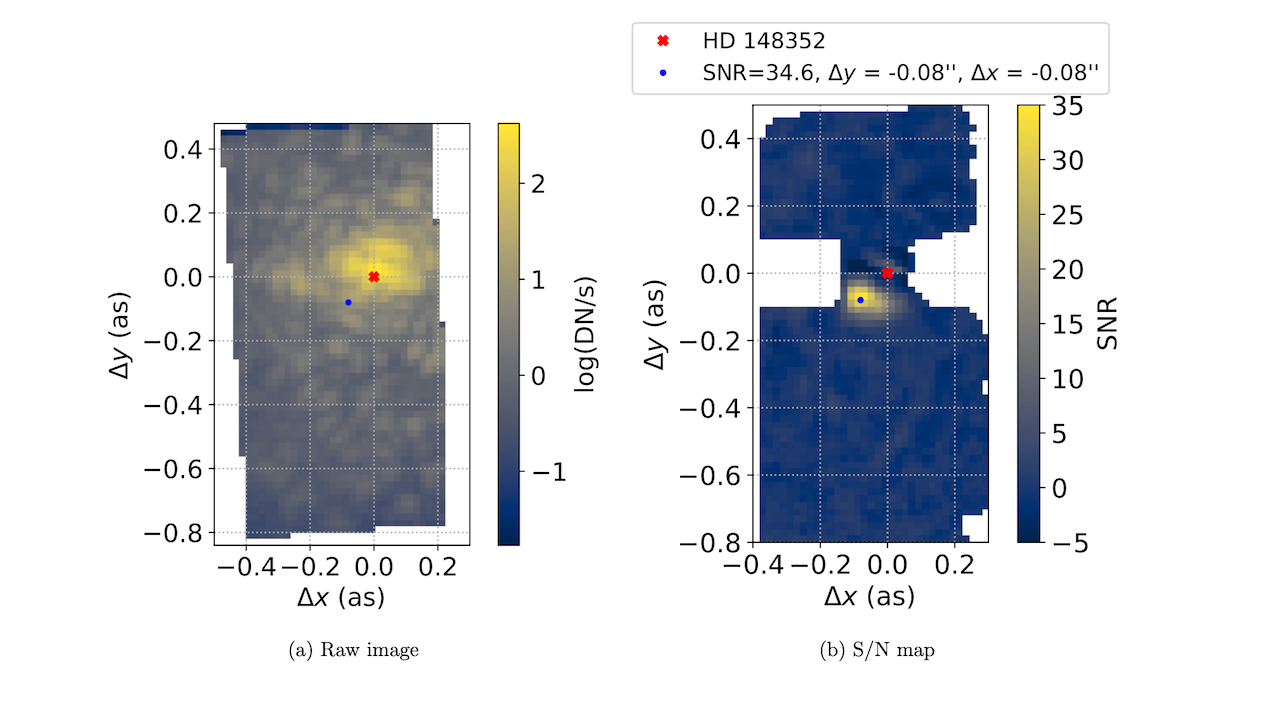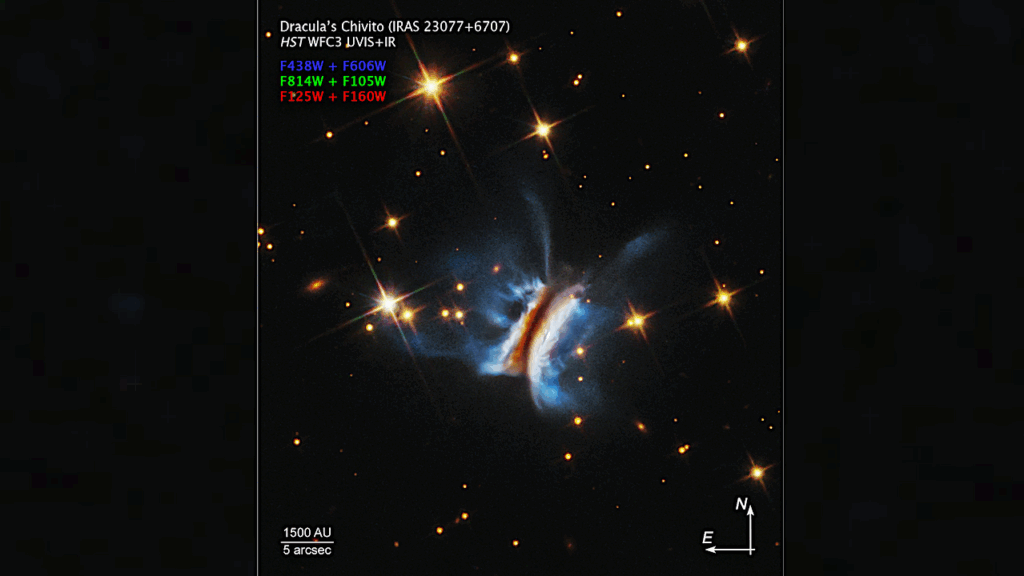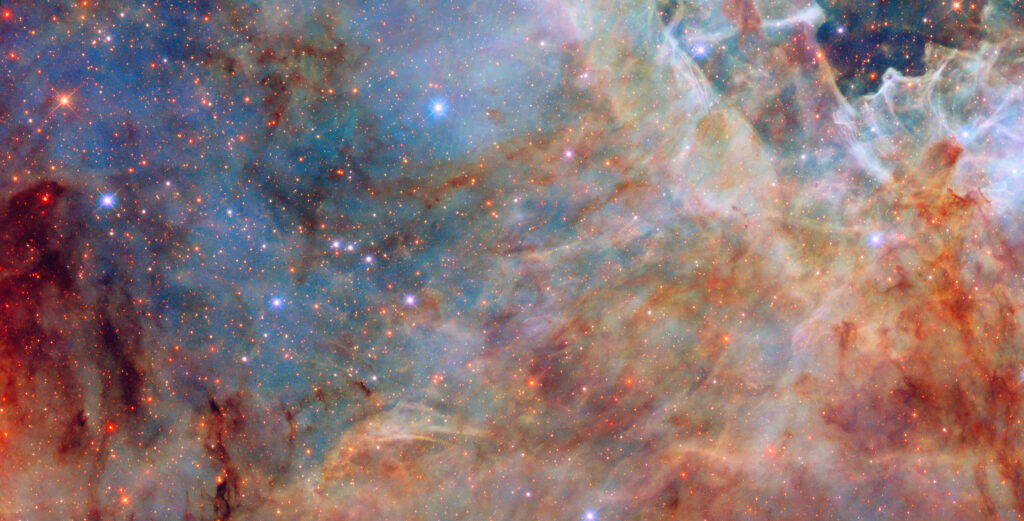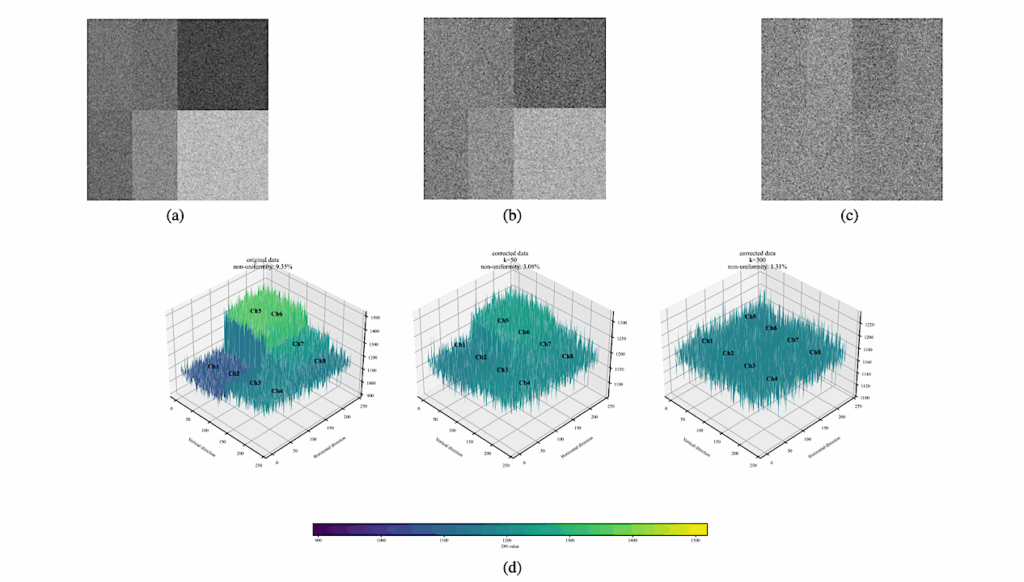Detecting Exoplanets Closer to Stars with Moderate Spectral Resolution Integral-Field Spectroscopy

While radial velocity surveys have demonstrated that the population of gas giants peaks around 3 au, the most recent high-contrast imaging surveys have only been sensitive to planets beyond ∼ 10 au.
Sensitivity at small angular separations from stars is currently limited by the variability of the point spread function. We demonstrate how moderate-resolution integral field spectrographs can detect planets at smaller separations (≲ 0.3 arcseconds) by detecting the distinct spectral signature of planets compared to the host star.
Using OSIRIS (R ≈ 4000) at the W. M. Keck Observatory, we present the results of a planet search via this methodology around 20 young targets in the Ophiuchus and Taurus star-forming regions. We show that OSIRIS can outperform high-contrast coronagraphic instruments equipped with extreme adaptive optics and non-redundant masking in the 0.05−0.3 arcsecond regime.
As a proof of concept, we present the 34σ detection of a high-contrast M dwarf companion at ≈0.1″ with a flux ratio of ≈0.92% around the field F2 star HD 148352. We developed an open-source Python package, breads, for the analysis of moderate-resolution integral field spectroscopy data in which the planet and the host star signal are jointly modeled. The diffracted starlight continuum is forward-modeled using a spline model, which removes the need for prior high-pass filtering or continuum normalization.
The code allows for analytic marginalization of linear hyperparameters, simplifying posterior sampling of other parameters (e.g., radial velocity, effective temperature). This technique could prove very powerful when applied to integral field spectrographs like NIRSpec on the JWST and other upcoming first-light instruments on the future Extremely Large Telescopes.
Shubh Agrawal, Jean-Baptiste Ruffio, Quinn M. Konopacky, Bruce Macintosh, Dimitri Mawet, Eric L. Nielsen, Kielan K. W. Hoch, Michael C. Liu, Travis S. Barman, William Thompson, Alexandra Z. Greenbaum, Christian Marois, Jenny Patience
Comments: Accepted for publication in the Astronomical Journal on May 12, 2023
Subjects: Earth and Planetary Astrophysics (astro-ph.EP); Instrumentation and Methods for Astrophysics (astro-ph.IM)
Cite as: arXiv:2305.10362 [astro-ph.EP] (or arXiv:2305.10362v1 [astro-ph.EP] for this version)
Submission history
From: Shubh Agrawal
[v1] Wed, 17 May 2023 16:39:25 UTC (832 KB)
https://arxiv.org/abs/2305.10362
Astrobiology








